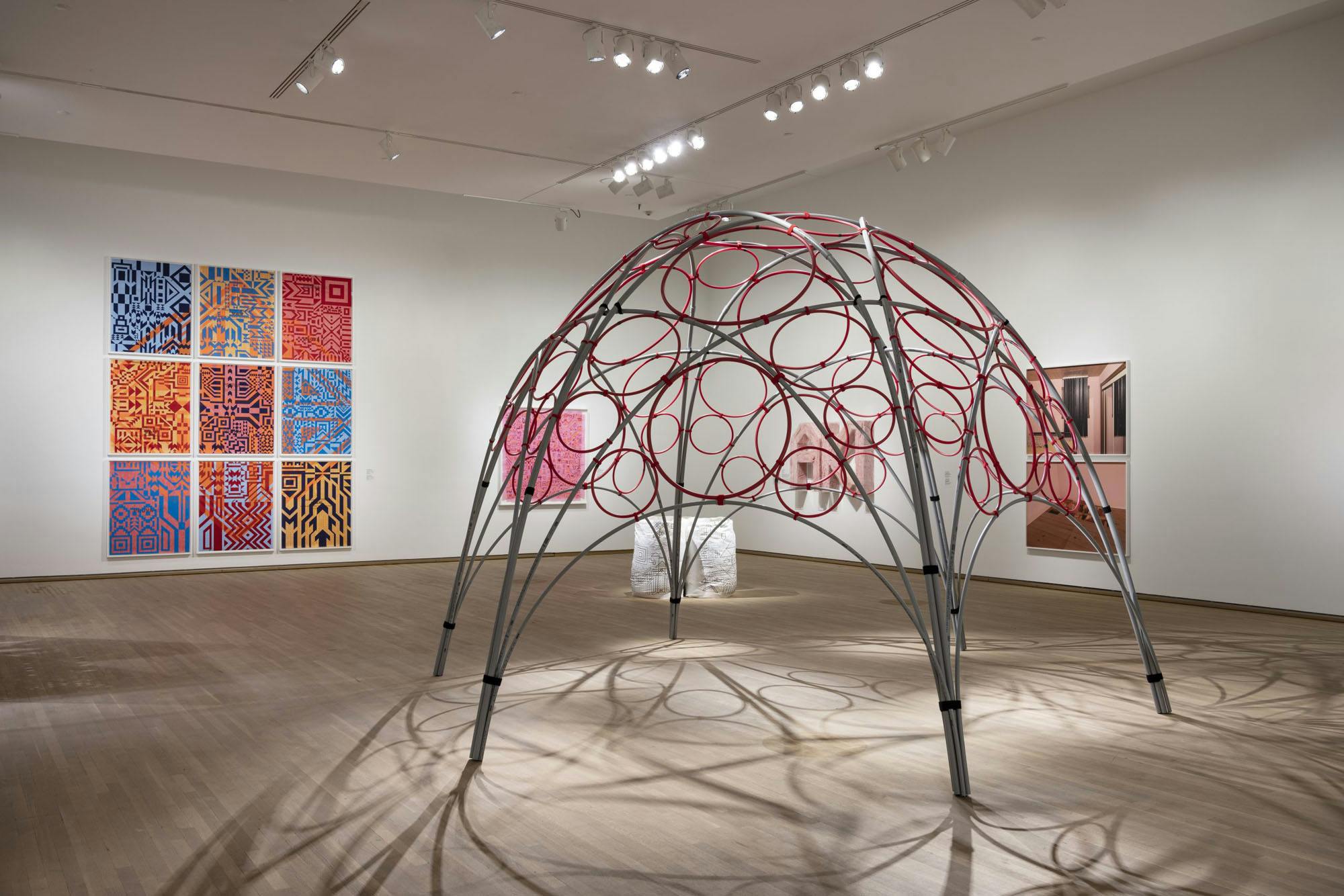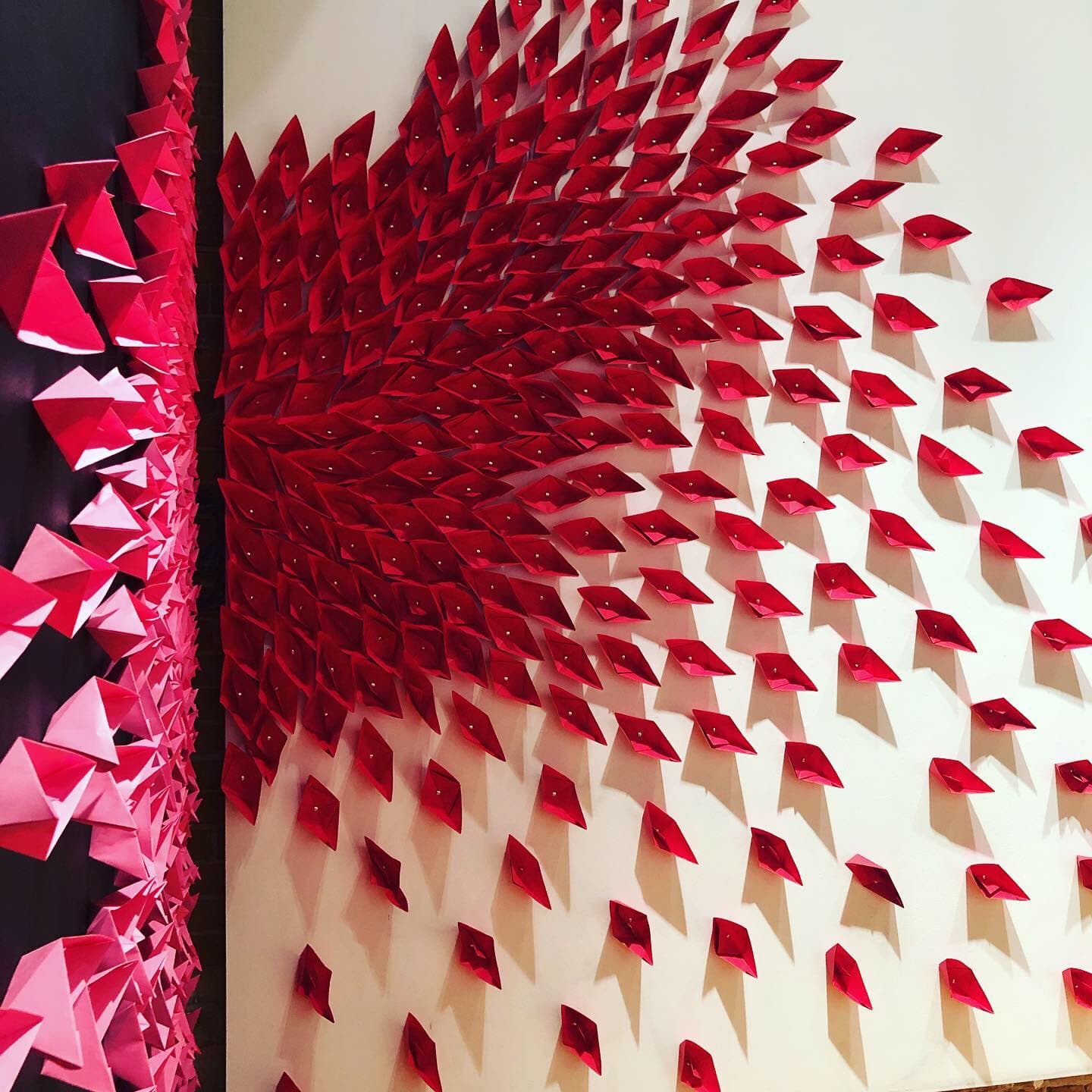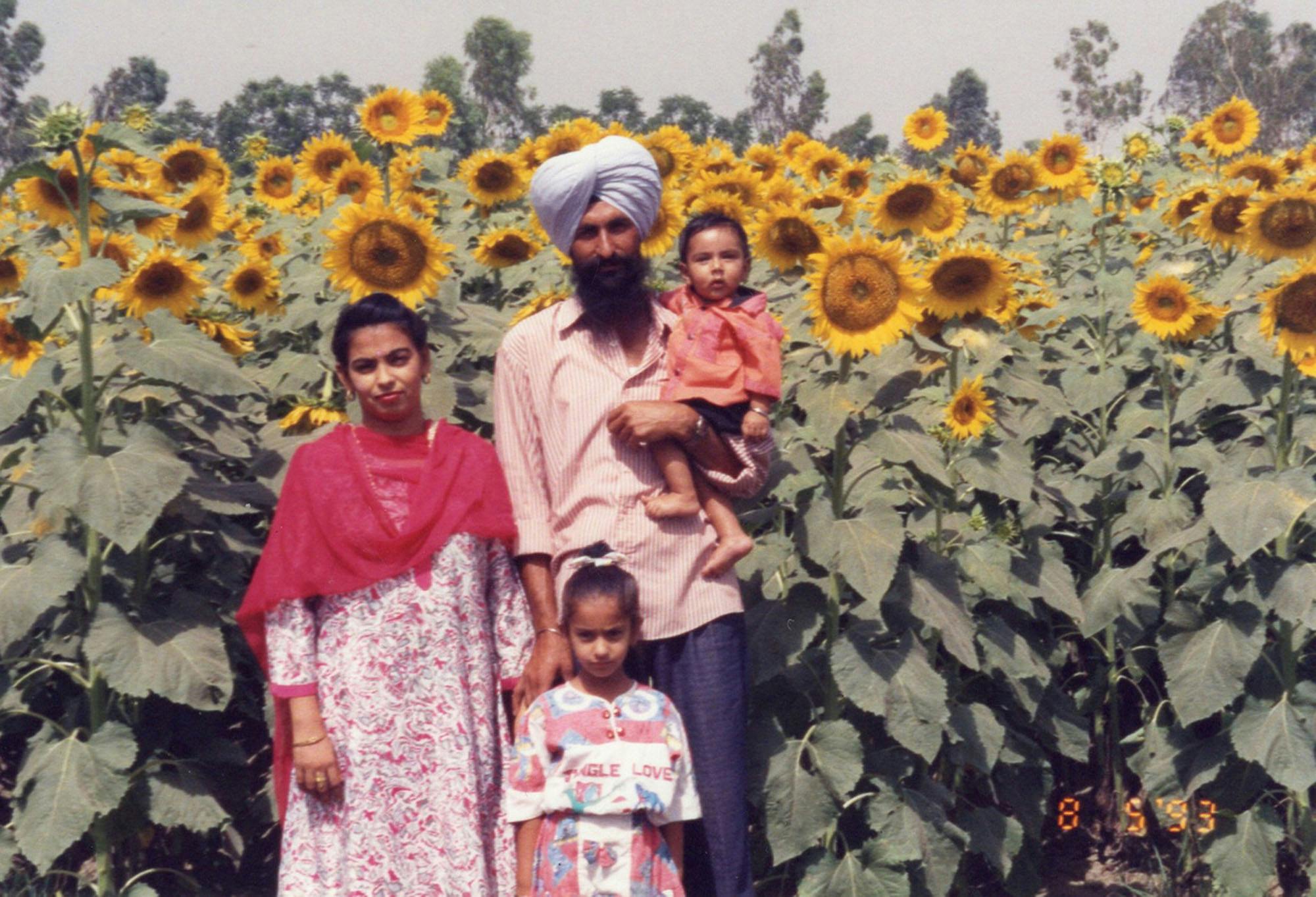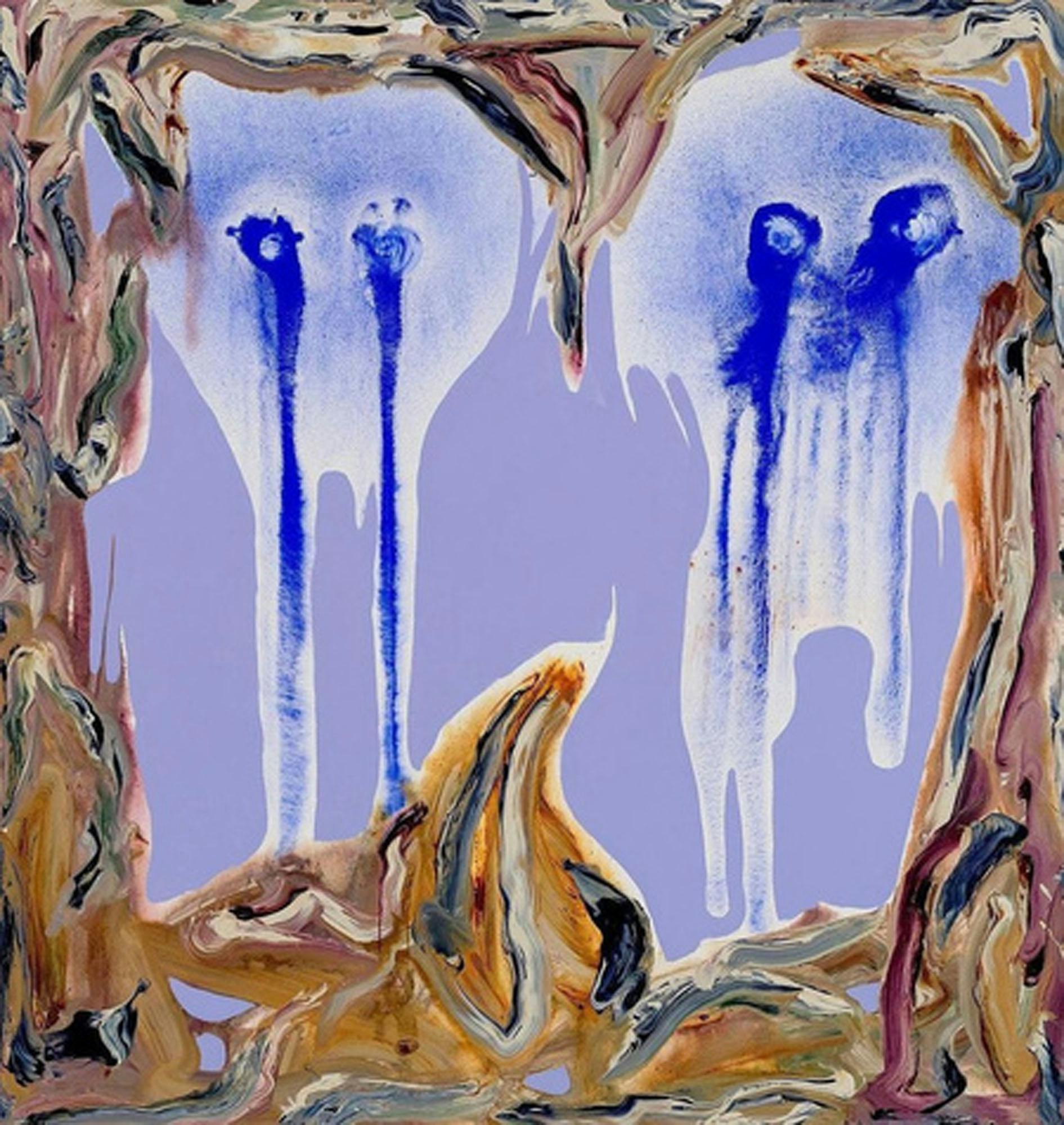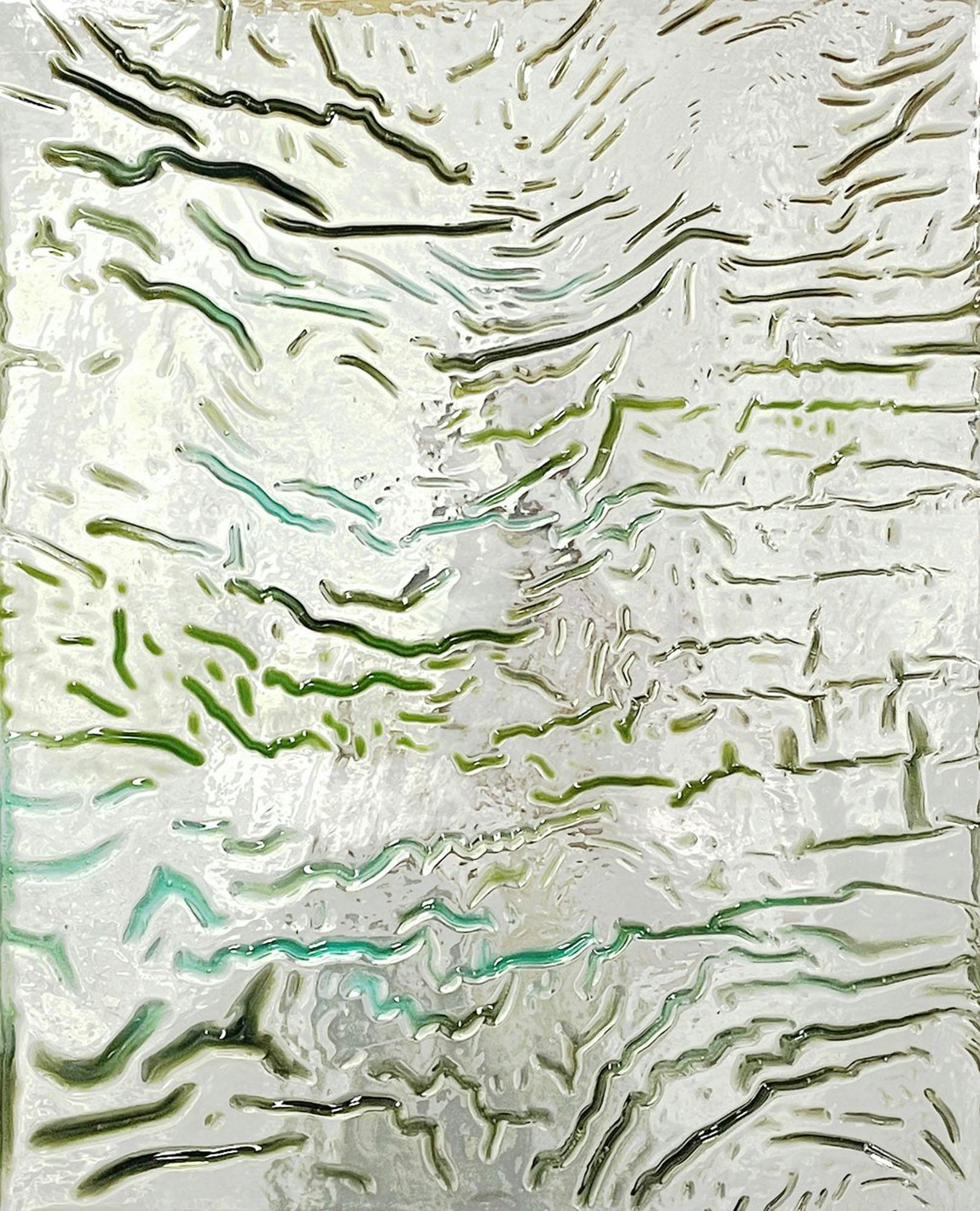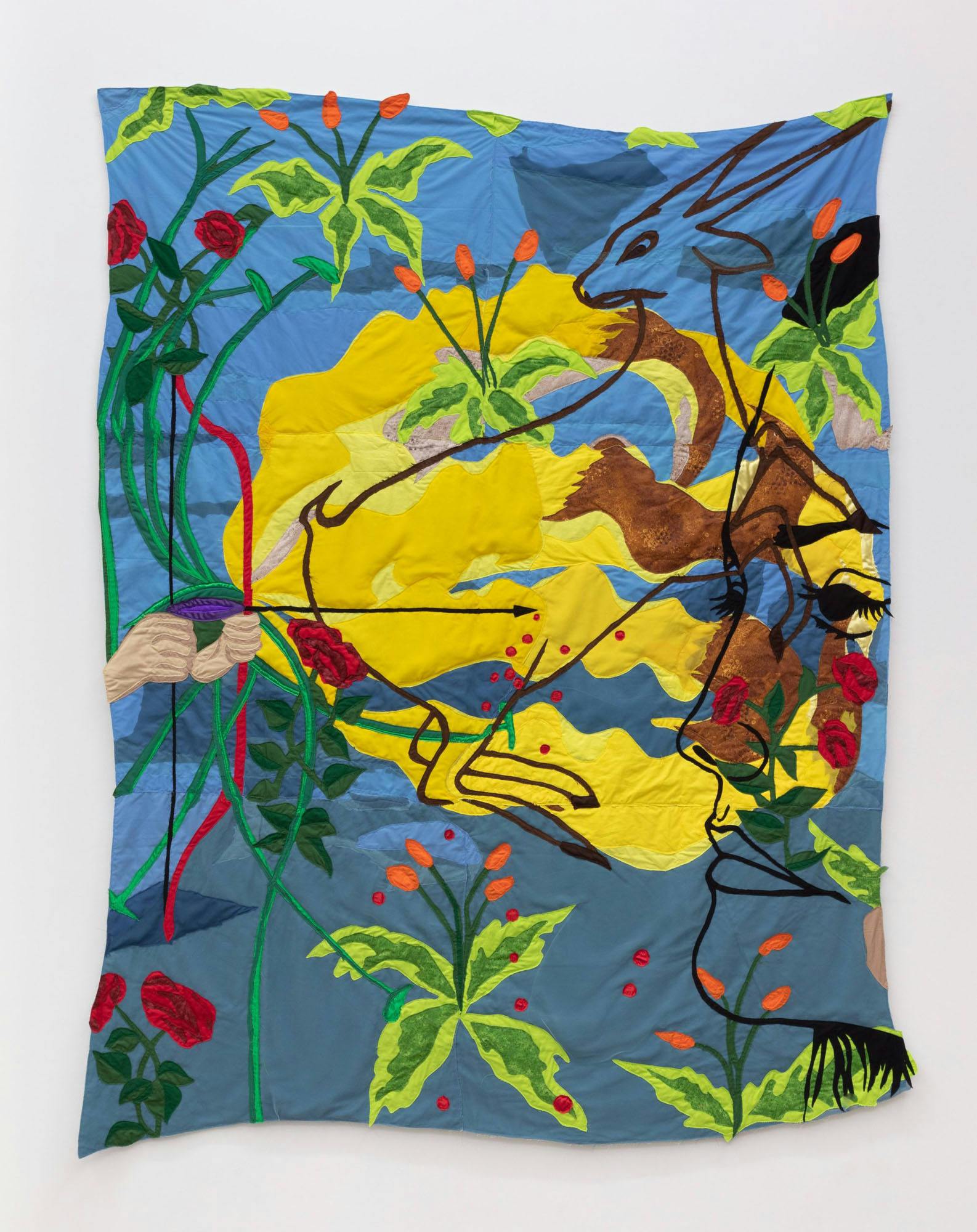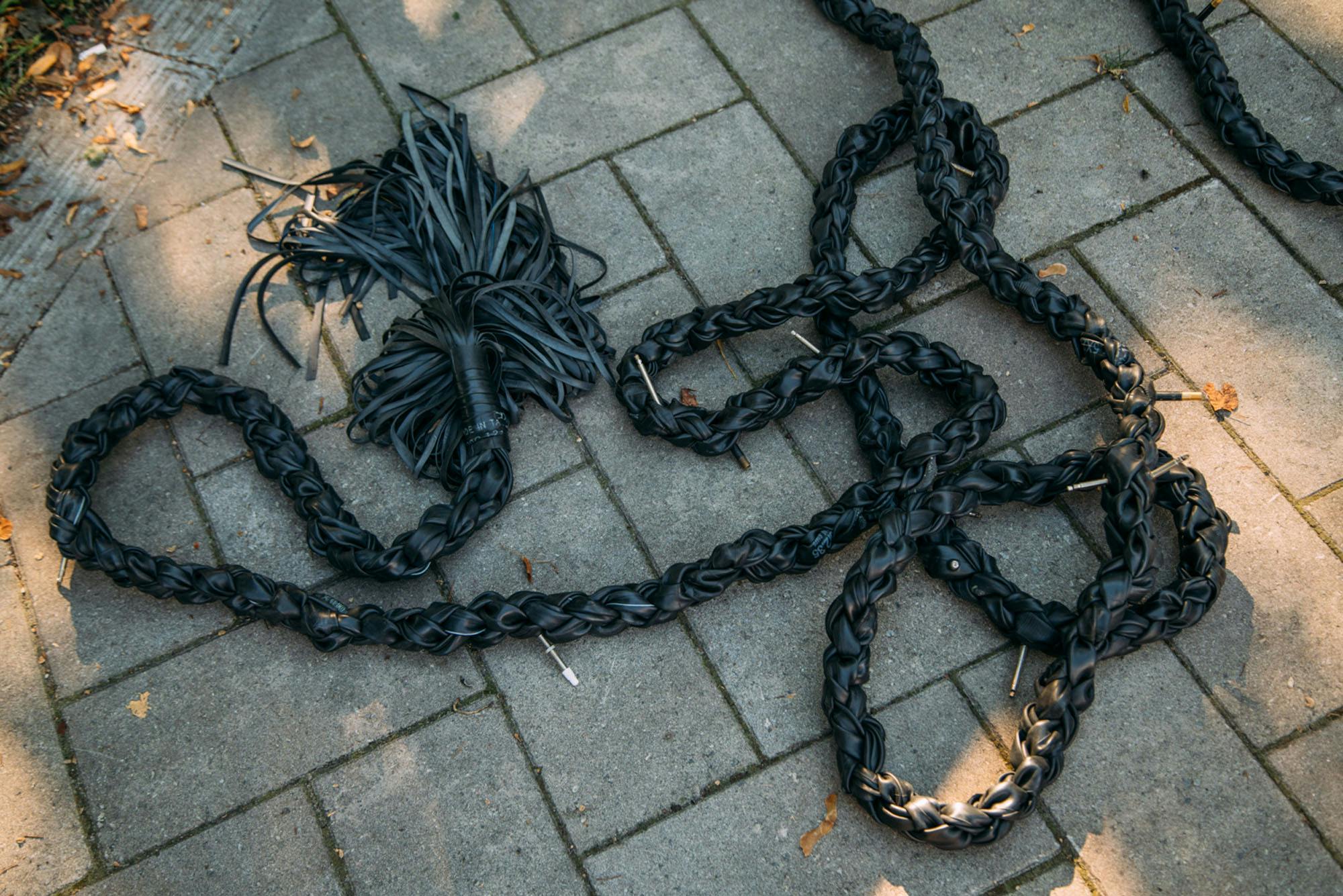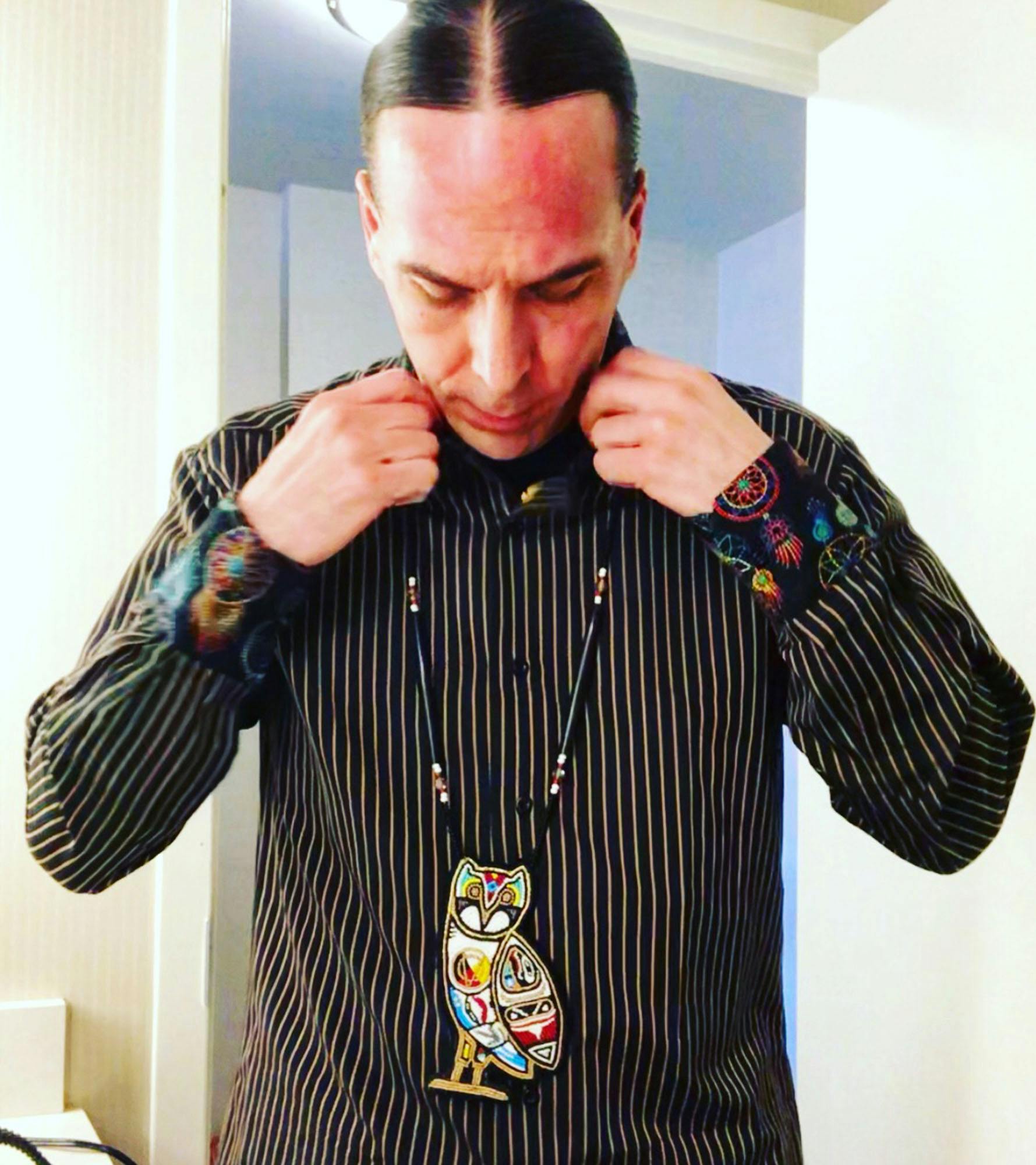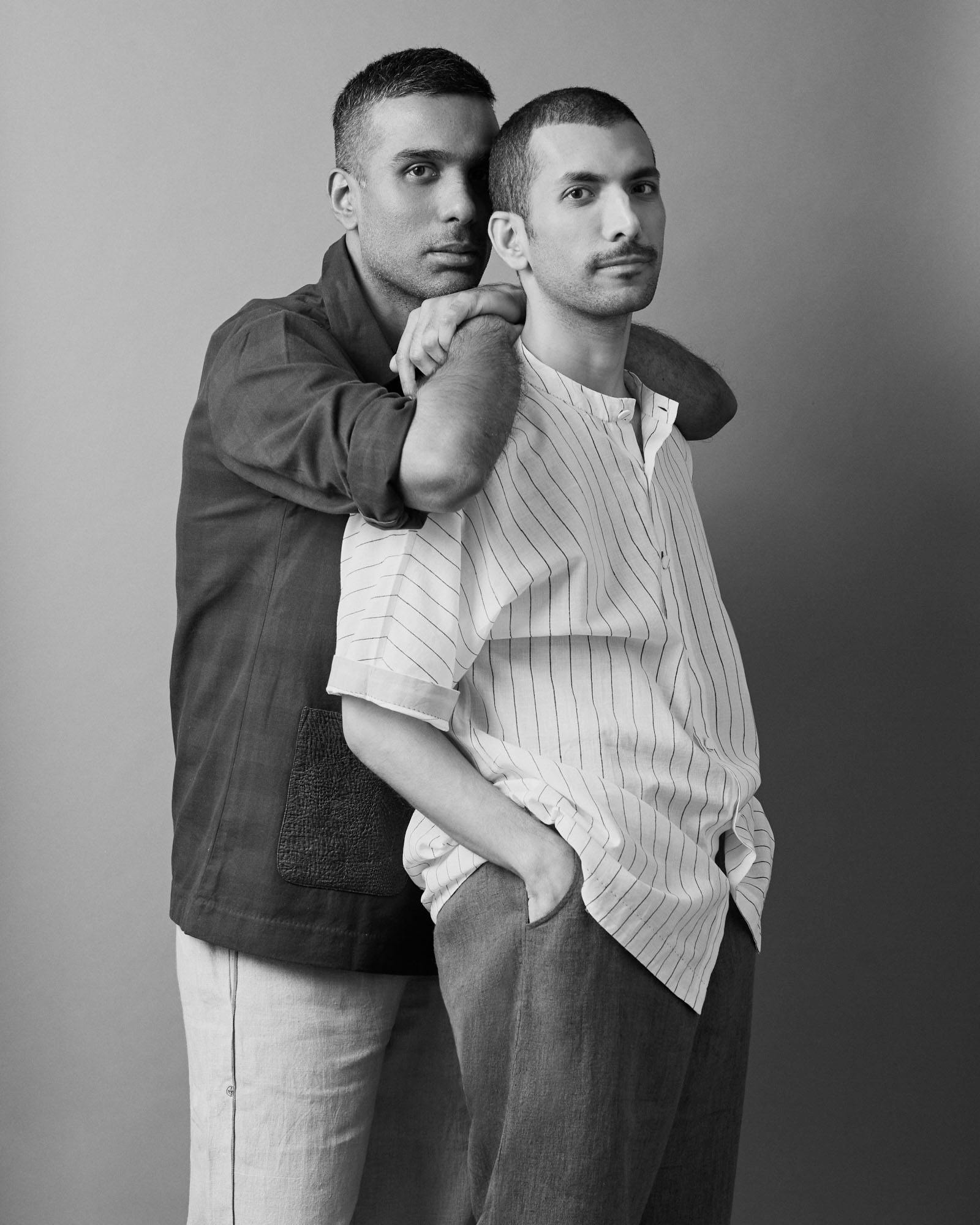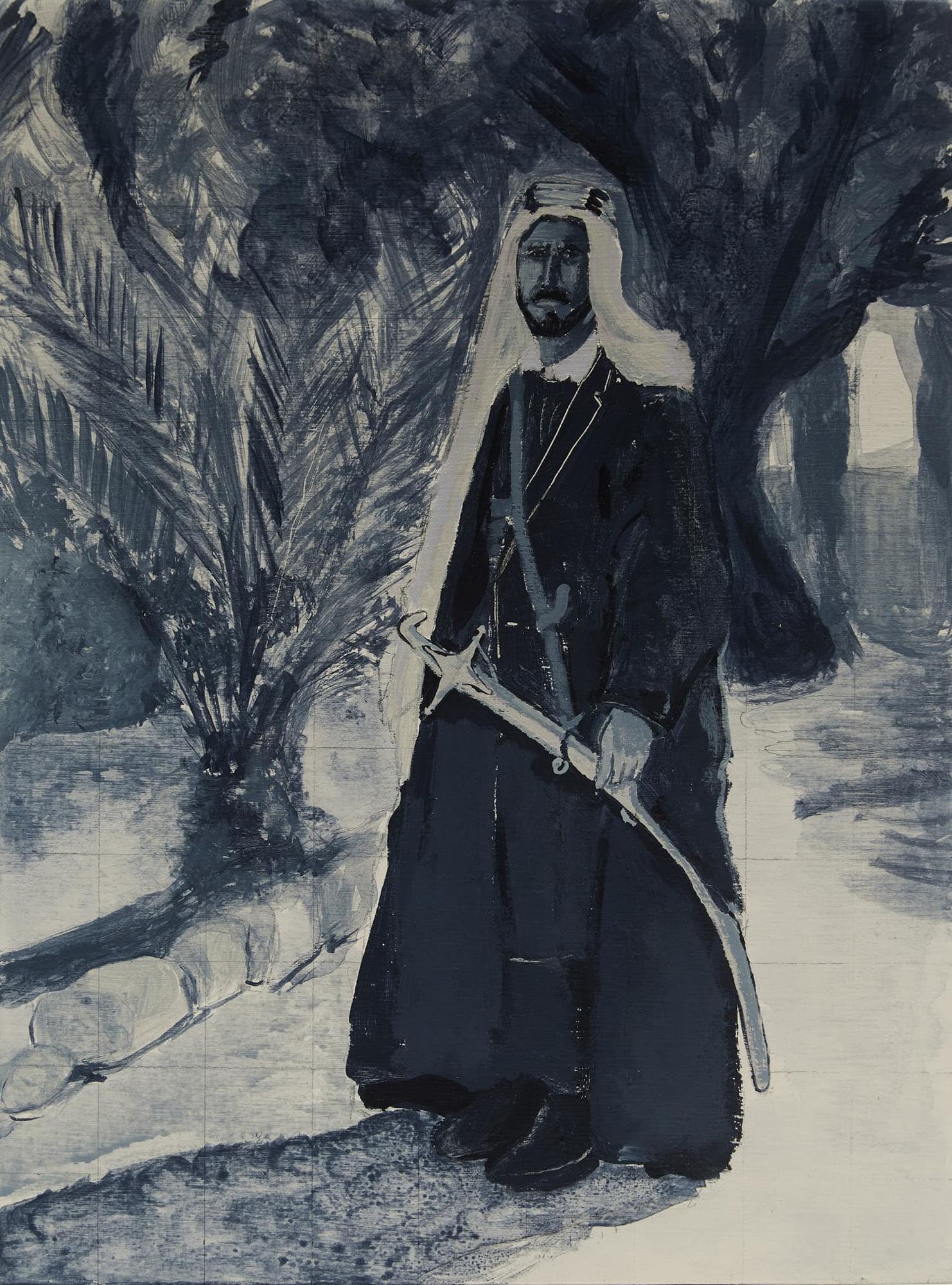We cast spells on the mothers of our daughters and daughters of our mothers.
On the intergenerational transfer of spell-casted ancestors.
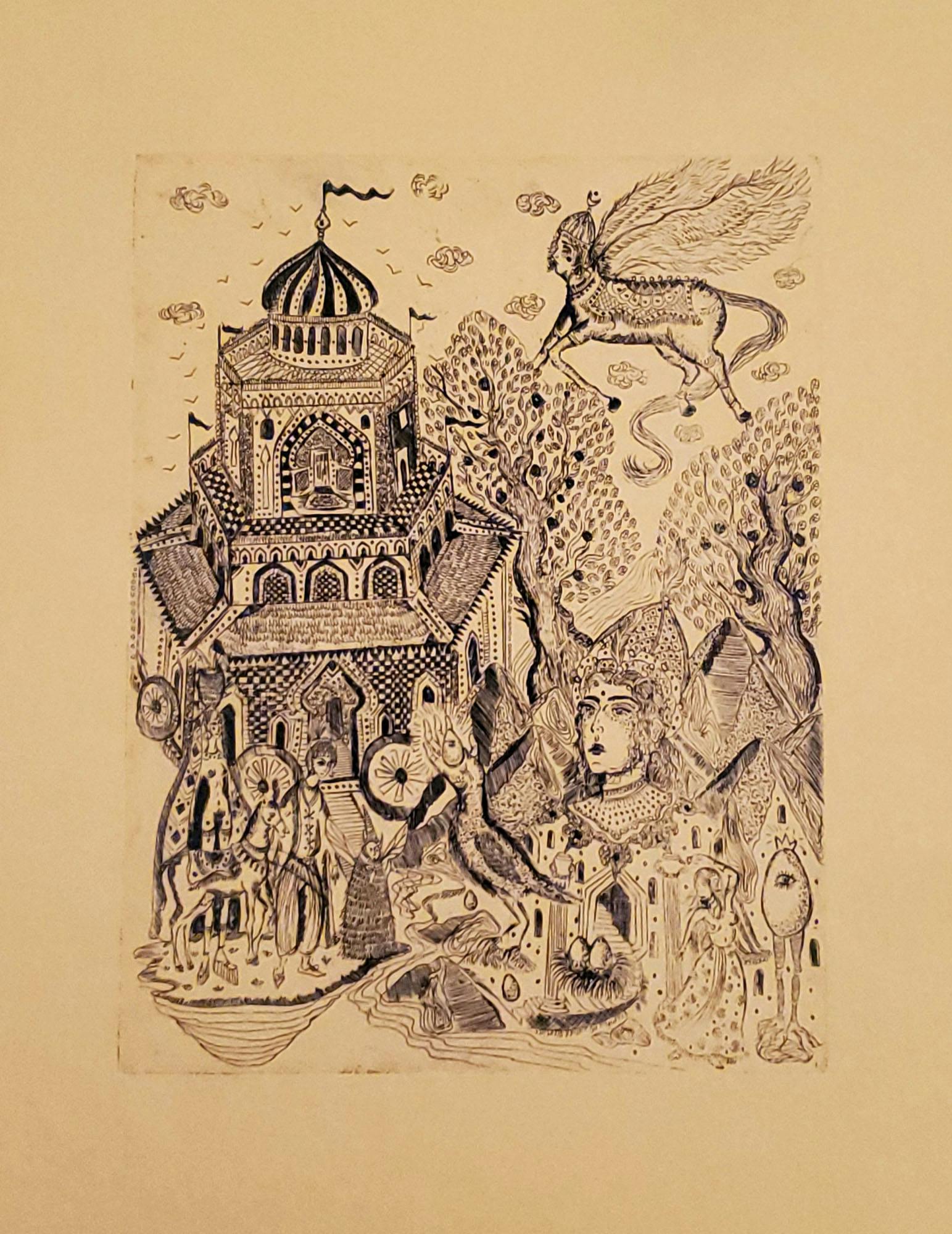
The echoes of a spell casted on women centuries ago pulses through my veins. Like the Indian Ocean, a vast tempest full of unknown emotions, an abyss eternal, I feel the generations of women before me. I feel their innocence, their revenge, their power. Perhaps most of all, I feel their lust and desire for being…..
I was born with a tide of intense emotion – my sun is in Scorpio, the moon in Cancer, and rising in Aquarius, the virtues and vices of curiosity, love, melancholy, hysteria, and passion – on an island known to romantics and poets as the teardrop of the Indian Ocean, Sri Lanka. An island whose colonized ghosts are often found roaming restlessly on Poya Days. They lament in the dark and dilapidated churches of the past, a place where cinnamon, sweat, tears, and temple incense intoxicate your olfactory system.
There were two guardians of my soul. My grandmothers, women whose lips were in constant motion of prayer, incantation, and words that were both corrosive and angelic. This intricate glass world was filled with superstition, rose water, secrets, and invisible gods and demons and within it, I grew. My innocence was hardened by the realizations how oppressed women are and how repressed they’ve become. Through time crafted tact and silent rebellious persistence, I learned how to dance close to the fire without getting too cindered from my grandmothers.
My life was constantly inhibited by veiled freedom and the ever-watching eyes of both dream broken relatives and crows half alive. My art became my escape. Much like a warrior heading into battle, I would paint my eyes with thick Kohl and arm myself with colors and ink. Creating dream worlds, dark fantasies of an adolescent girl, and strategizing my liberty and vision for the future woman I dreamed to be.
In the conquest to find this liberated woman I so hungered to be, I immersed myself in the fairy tales, folklore, and histories of the legendary women my grandmothers would whisper to me about at night.
Women who had been worshipped as well as tarnished and destroyed by the insecure fathers and sons of patriarchy.
In my dreams, I met Scheherazade, Salome, Ishtar, Kali, and countless others.
We danced under the red fading moon, laughed hysterically, and together manifested a liberation for women who were brave enough to swim to the abyss and back.
If I were to disclose the inspirations behind the exhibition We cast Spells on the Mothers of our Daughters and Daughters of our Mothers, it would be these complex roots and delirious dreams and memoirs from childhood.
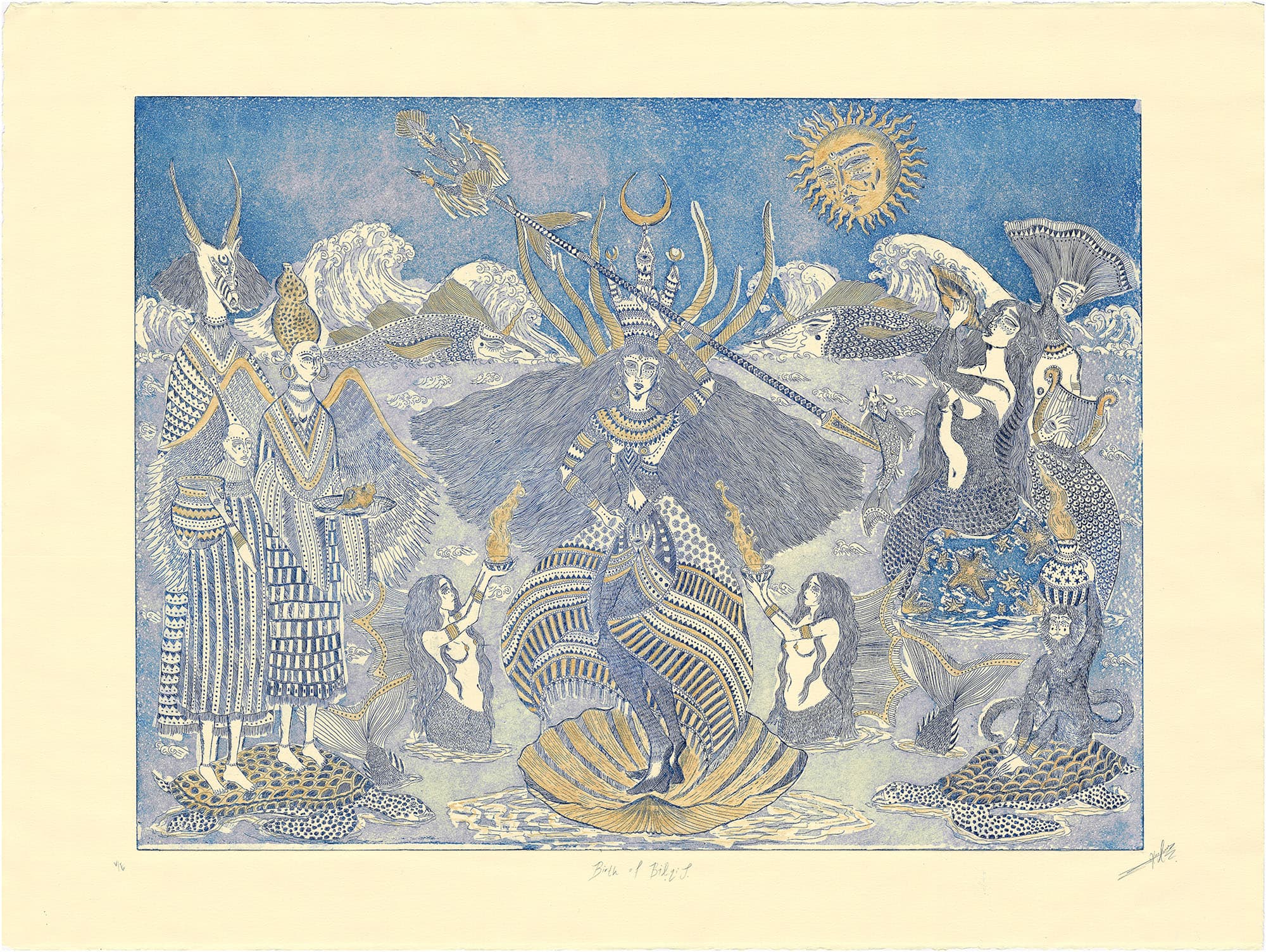
Time passed as it does and I migrated with my family to Canada and eventually found myself in my last year of my undergrad at Emily Carr University of Art and Design in Vancouver. My soul being one that is often infected with deep melancholy and sentiment, remembered my old friends from the abyss.
Scheherazade, Bilqis, and Eve reappeared in my thesis project. At the time I was being deeply critical and contemplative of the retelling of their stories through my art. How do these women affect me and thousands of other women? How do they impact our understanding of being a woman? What are the long term effects of generational trauma? How have these been represented in the myths and the stories that create our identities, our femininity, our power or lack thereof?
The intaglio print trilogy of Scheherazade’s Dream brought me more insight and connection to women than I ever dreamed. I was suddenly meeting many like myself who too had been searching and hungering for that woman they wished to release but had been locked deep in a forgotten part of our psyche. Like Eve before us we all wished to bite deep into the blood, skin and arteries of the forbidden fruit, with neither morsel nor atom of regret.
I was exhilarated and empowered by the stories and emotions that the project had funneled in me. The adrenaline of femininity scorched my blood. Like a vampire in thirst, I wanted to manifest this newfound energy into sharing more ravenous voices and stories of women like myself.
I closed my eyes and whispered my dreams to the universe, superstitiously splashing rose water as I did. It answered back and a few months later I was given the opportunity to curate an exhibition at Centre A: Vancouver International Centre for Contemporary Art. I thanked my friends from the abyss, and in the months that followed worked diligently to create an exhibition.
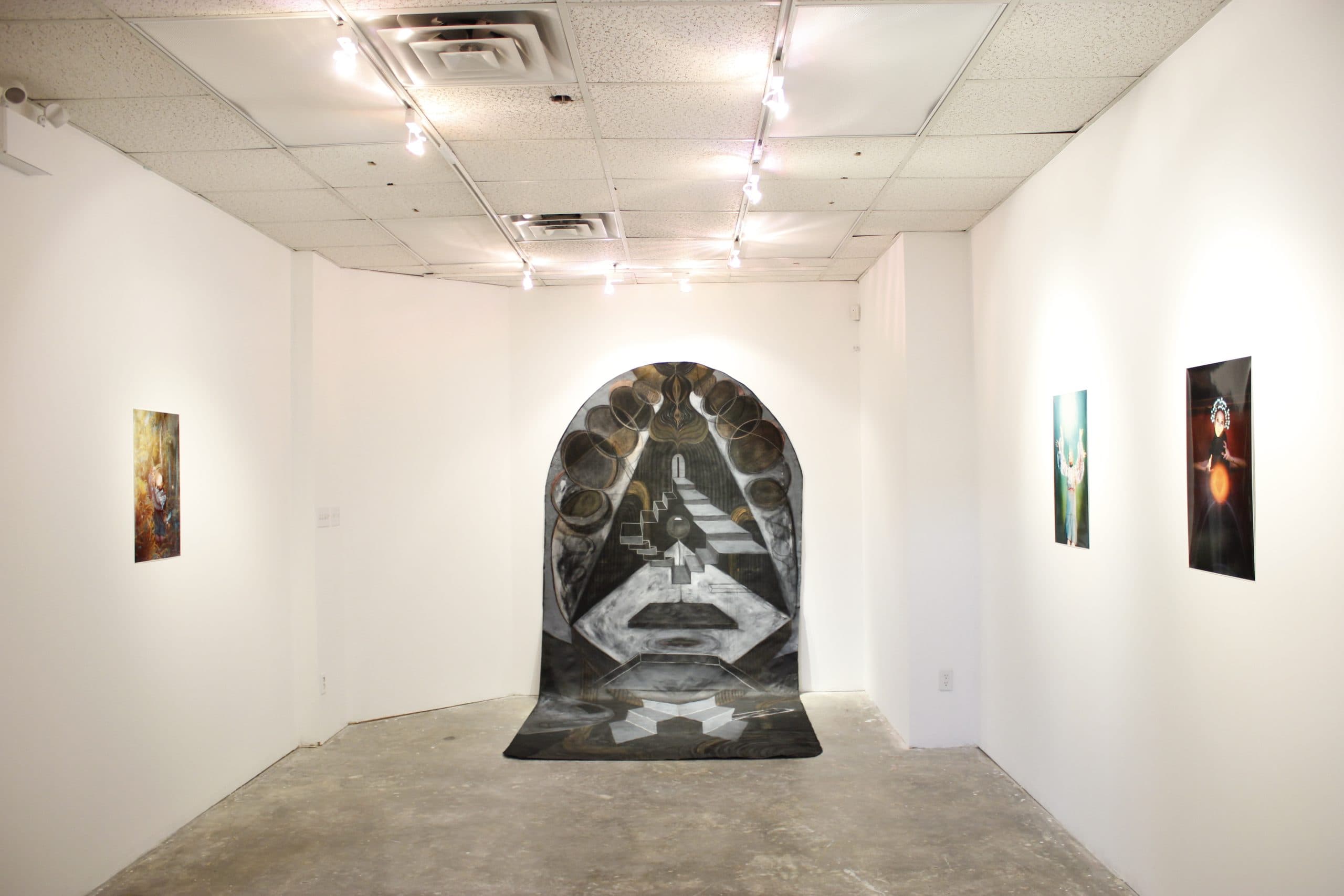
Works by Fiona Yujie Zhao and Denisa Rahma
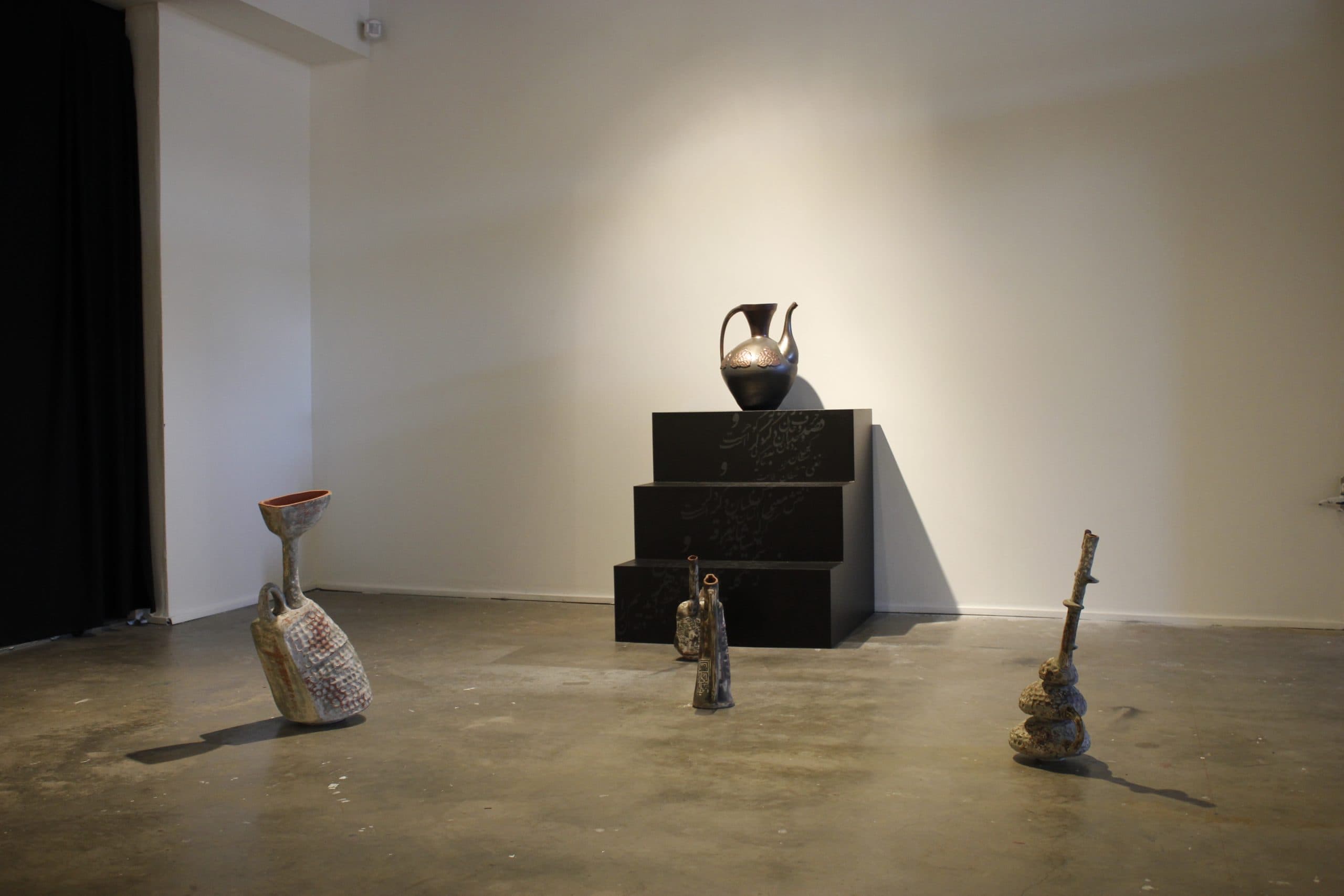
Mitra Mahmoodi “Aftabeh”
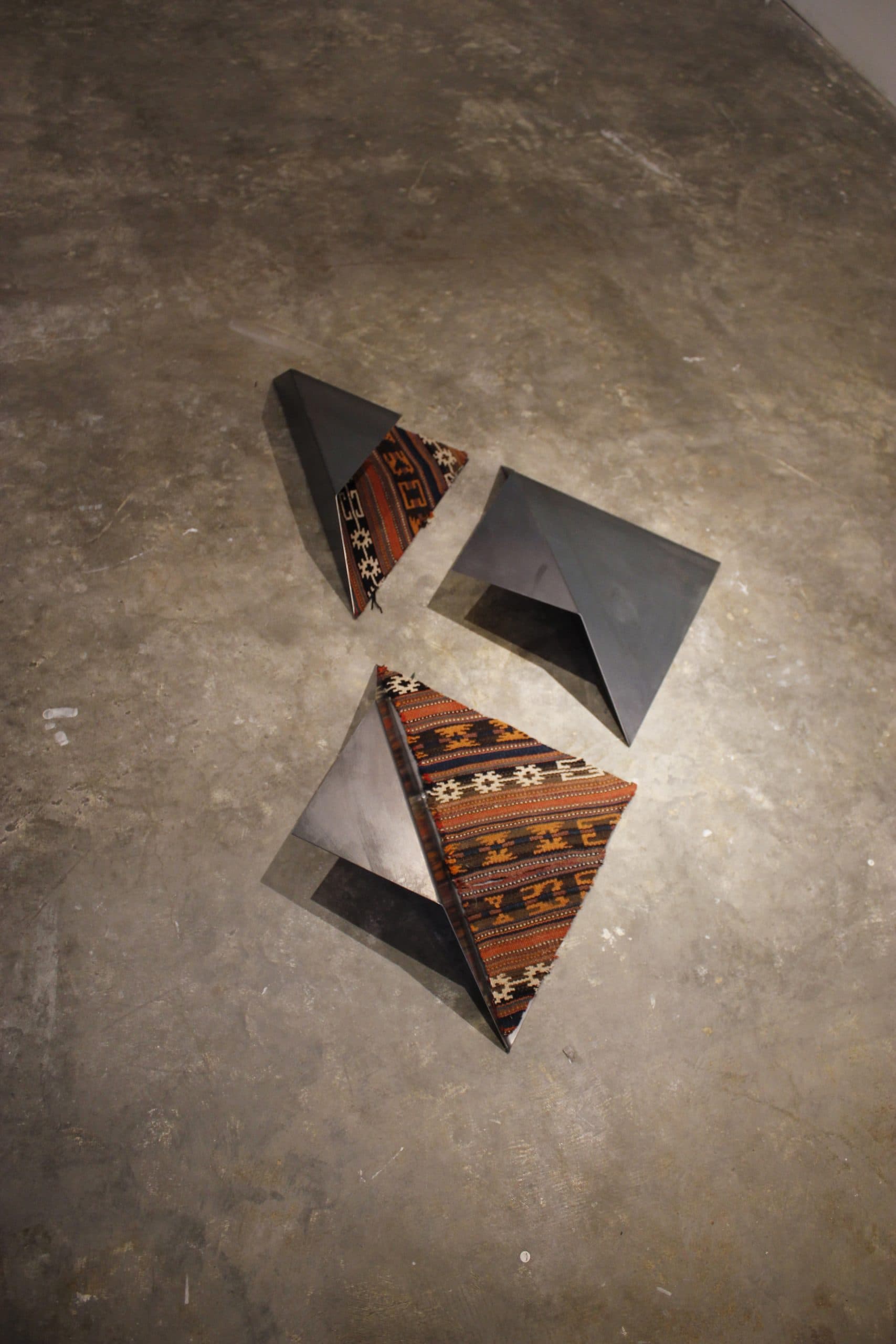
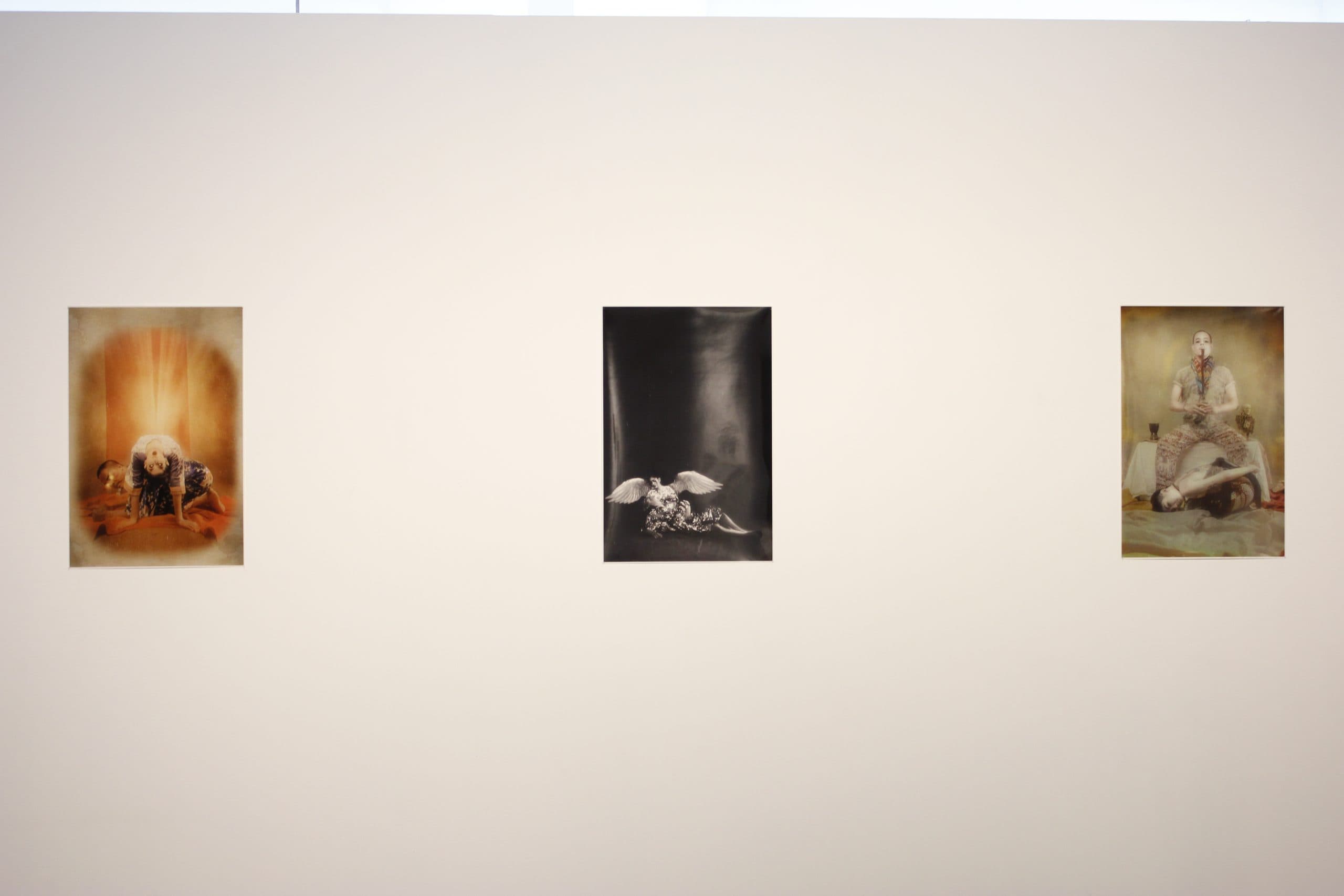
Denisa Rahma “The Bubimen”
We cast Spells on the Mothers of our Daughters and Daughters of our Mothers, presented a series of works by artists Yen-Chao Lin, Mitra Mahmoodi, Parvin Peivandi, Denisa Rahma, and Fiona Yujie Zhao. The exhibition explored how relationships and effects of inherited cultural memory, magic, superstition, and ritual transform, complicate, and reiterate in contemporary meaning, understanding, and visual culture over time and through the diaspora.
Within Asia, there exists an incredibly diverse and rich density and dynamism of beliefs, practices, and cultures surrounding spiritualities and superstitions in regards to magic and traditions. That has over time been altered and challenged by the politics of war, colonization, and occupation. This inadvertently transmits into a hybrid of mythos that continues to migrate and transform through generations
The exhibition navigated diverse concepts and an array of cultural perspectives and locations, such as the filming of spaces that were once sacred and occupied by the Indigenous Amis sorcerers off the eastern coast of Taiwan, only to be disrupted and reconstituted by the Spanish colonization ; the utilization, texturing and dissection of Persian carpets and weaving as a means of contemplating rituals of death, memory and analysis of the lives and reflections of women carpet weavers; the critiquing of themes of ritual, spirituality, and ostentation through calligraphy and ceramics in Iran. Furthermore, it explores themes of the occult, magic, and melancholy through staged photography and the play of iconography and traditional textiles from Jakarta as well as the speculation of inherited magic and spirituality that retains and transforms in the unconscious mind and body, through the medium of paint.
To rethink and contextualize these abstract understandings of identity through inherited memories, the artists connect through cultural material, place, architecture and objects, to reimagine it in terms of modern dialogues and new identities.
In reflection the forbidden fruit was intoxicating, the abyss lonely but vital, the journey has been a labyrinth of thorns and serendipity all at once. Yet these experiences have sharpened me and brought me a lot closer to that woman I desired to find in the dark part of my unconscious. Being born a woman is definitely a dance with fire, but perhaps you will learn to befriend that fire and your demons as your angles, and it will light your path through the dark to a midnight world that is always lit by an undying full moon.
Dedicated to my two fierce grandmothers with a ceremonial splash of rose water.
